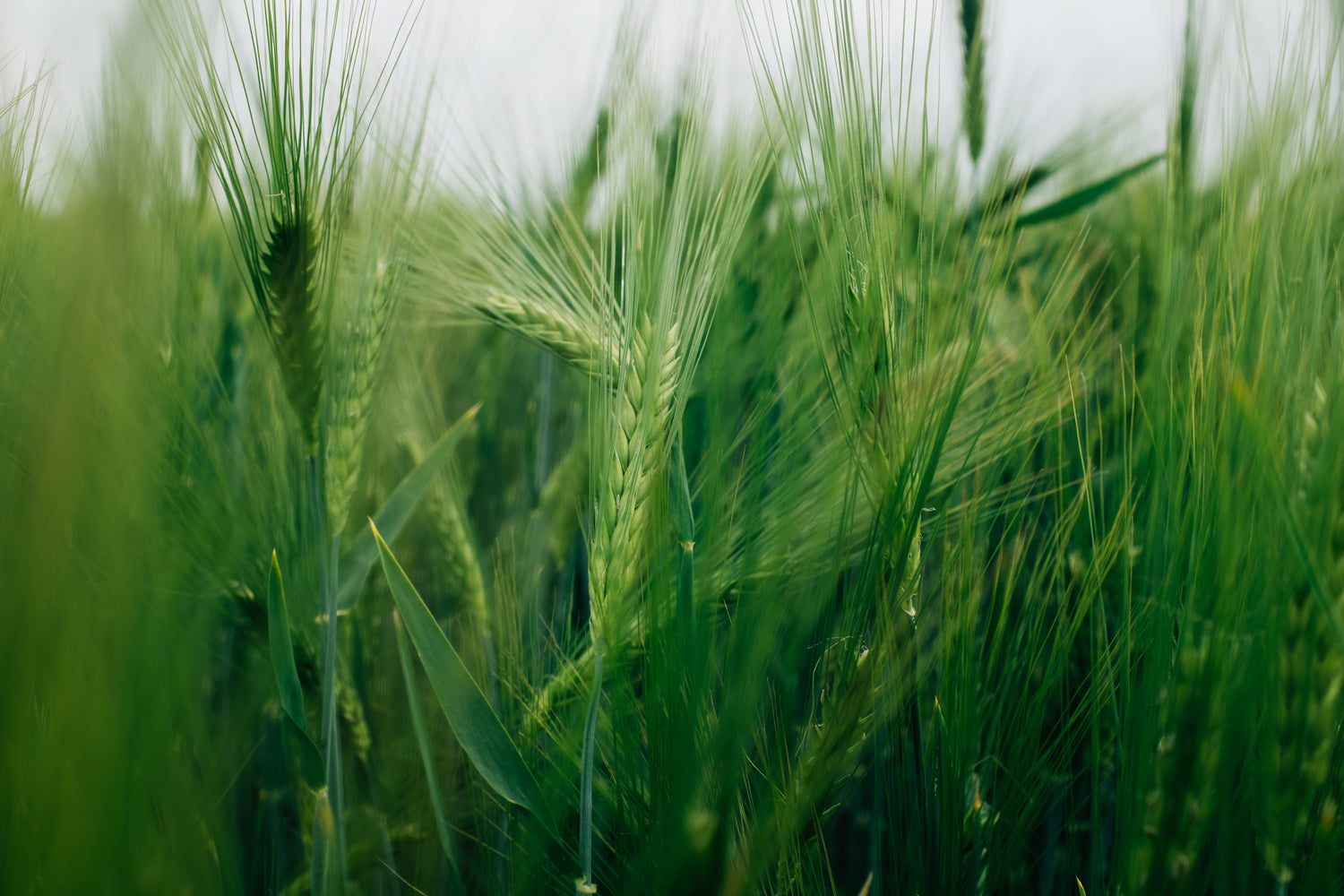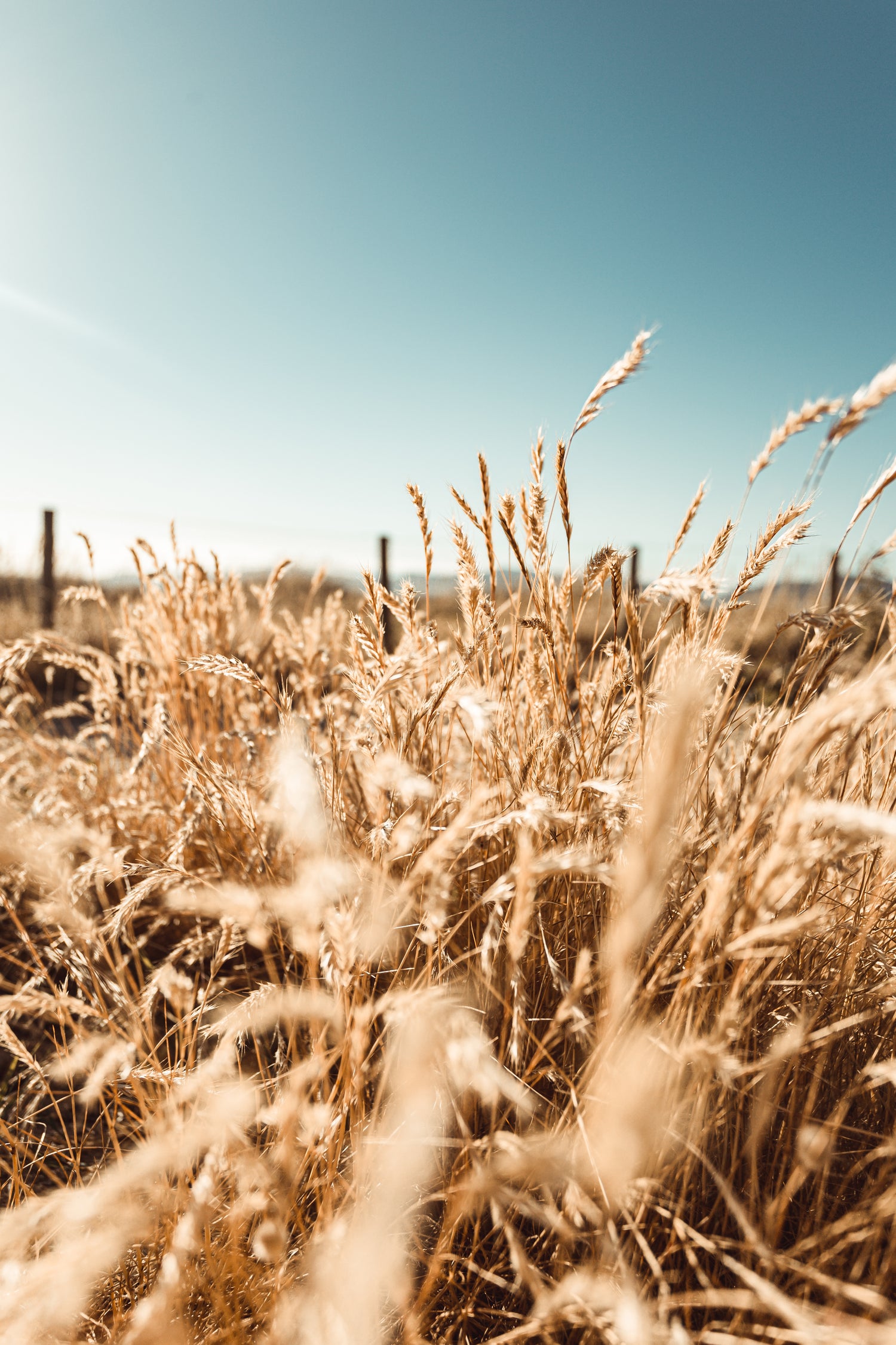Our New Blog
🧠 Remember: 🌾 Gluten protein is naturally occurring, but it can be extracted, concentrated and added to food and other products to add protein, texture, and elasticity. It also works as a binding agent to hold processed foods together and give them shape.
🧠 Remember: 🚫 Cross contamination is when small or big amounts of residual gluten hasn’t been cleaned or washed properly off surfaces, cookware, and kitchen towels which can be harmful to anyone who is exposed. All depending on the different levels of sensitivity. Cross contamination is a real fear amongst the gluten free and Celiac disease community when cooking within the same kitchen.
Note: Label Reading & the FDA
Only treatment for Celiac Disease is a strict gluten free diet. "Wheat-free” does not necessarily mean gluten-free. If a gluten-free label claims to be gluten-free on the package, then it is most likely safe to eat as the FDA only allows packaged foods with less than 20 parts per million (ppm) of gluten to be labeled gluten free. Some packaging also contain a list of common allergens usually on the front package or in the back (wheat, soy, egg, nuts, and milk). Barley and rye are not in the top eight allergens required to be listed.
💚Be sure to check the ingredients list for other hidden sources of gluten and product main website for more details💚



